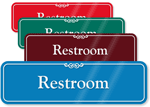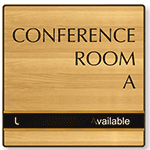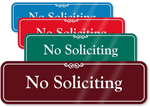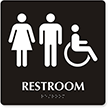For people with disabilities, inaccessible county fair bathrooms are a huge problem
From riding rickety roller coasters to gorging on the funnel cake, there is nothing like a good county fair. For vendors or community activists, fairs are ideal opportunities to set up a booth to sell items or champion a cause. As hubs of both entertainment and community, it’s vital that everyone has access to these gatherings. Imagine, then, the embarrassment and disappointment of being an adult who cannot use the restroom without help because the fair’s facilities aren’t accommodating. This was the frustration that Arizona resident Jack Kretzer went through at the Yuma County fair. He had difficulties at the 2012 fair and brought the complaint forward in a town meeting on May 20th, 2013.

A Ferris Wheel ride featured at the Yuma County Fair.
Kretzer is elderly and uses a wheelchair. At the Yuma County Fair, he had set up a booth for his political party in the Theater Building. Unfortunately, the restrooms in the Theater Building were not handicapped-accessible. Kretzer had to have a friend assist him with using the restroom.
According to a letter from Yuma Attorney Larry Suciu, the Theater Building was built before the Americans with Disabilities Act was in effect. Therefore, it doesn’t have the required accessibility infrastructure like door width and handlebars. Fair manager Eric Wofford offered to move Kretzer’s booth closer to a handicapped-accessible bathroom, but Kretzer did not take the offer.
Wofford explained that the fairgrounds are owned partly by the Bureau of Reclamation and the Yuma County Fair, Inc. However, the fairgrounds operate as a private non-profit and are not county-owned or funded. Therefore, the fairground management performs independently.
To add more contention, Kretzer had previously complained in 2008 about the same issue. Suciu said, “That complaint was investigated and ultimately the fair was found to be in compliance with all ADA requirements. Mr. Kretzer was notified of that outcome and given the opportunity to appeal if he disagreed. He did not appeal.”
Board chairman Greg Ferguson told Kretzer that they had already responded to his concerns. “There’s no reason for you to do anything that you did. You don’t have to,” Ferguson said to Kretzer. “There’re handicapped-accessible restrooms out there. The fair has more than once offered to make accommodations for you. It seems your problem is that you’re just not getting the answer that you want.”
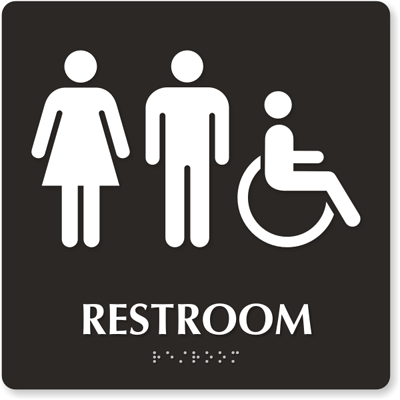
Bathrooms need to be equal access, especially in public areas.
In 1990, The Americans with Disabilities Act made it illegal to discriminate against people with disabilities. As part of the act, guidelines were established to ensure equal access to public facilities and services to people with disabilities. These accessibility standards were required for restrooms in public facilities such as hotels, theaters, schools, and recreation centers. The guidelines involve the door width, handrail height, and toilet design.
However, instead of battling back and forth over legalities and compliance, Yuma County facilitators could save themselves a lot of hassle by installing accessible bathrooms. Like Kretzer said, it wouldn’t take much to install a higher toilet and grab bar for visitors with mobility issues.
“Why would anyone have to suffer that kind of embarrassment, indignity?” he asked. “What is the reason for you not doing it?”


